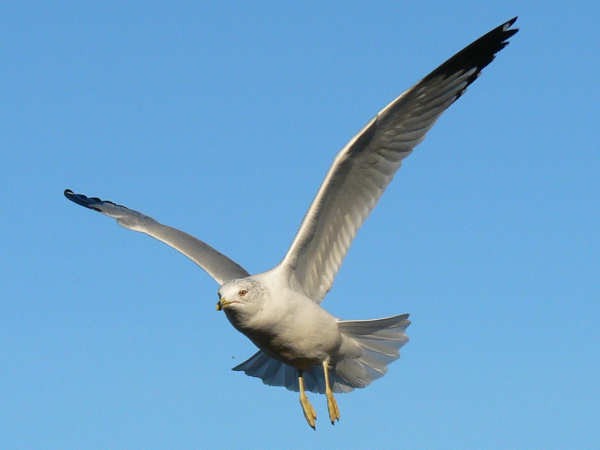A Changing Climate for the Birds

A recently released National Audubon Society report on the future of the North American bird population under a variety of potential climate change scenarios tells a potentially sad story for North American birders and a potentially catastrophic tale for North American birds.
North American birders, especially those in the United States need to take note of a potentially sad story regarding the loss of their state birds. From the broadest perspective, the report notes that a changing climate suggests a northern migration for many temperate forest, field and grassland species, as they seek a geographical area more suited to their breeding needs. In some instances, they will find them in them in the northern areas of the United States or in the forests, fields and grasslands of Canada. Audubon suggests that nine state birds may be affected by a changing climate: Minnesota's Common Loon; Maryland's Baltimore Oriole; Louisiana's Brown Pelican; Utah's California Gull; Vermont's Hermit Thrush; Idaho and Nevada's Mountain Bluebird; Pennsylvania's Ruffled Grouse; New Hampshire's Purple Finch; and Washington D.C.'s Wood Thrush could all fly north in search of better breeding grounds. (more on specific Birds http://greennature.com/gallery/bird-pictures
Apart from this sad birders' story, actual birds fare much worse in the study with 344 of North America's 588 bird species at risk because a changing climate will remove up to fifty percent of their normal breeding territory. Of those bird species, 126 get rated as potentially endangered due to the potential for a loss of over fifty percent of their normal breeding territory.
Consumer friendly, the report provides individuals with a quick way to look at state maps and see how climate change might change the way of life for many of their back yard bird favorites. Six California bird species, for example, are in danger of losing over 90% of either their winter or summer range: Merlin (Falco columbarius); Mountain Chickadee (Poecile gambeli); California Gull (Larus californicus); Bullock's Oriole (Icterus bullockii); Black-headed Grosbeak (Pheucticus melanocephalus).
It's not the first report attempting to predict bird migration and breeding patterns under different climate scenarios. Many major environment nongovernmental organizations (NGOs) publish reports about potential stresses on bird populations due to a changing climate. Government organizations such as the Forest Service also continue to investigate and map changing bird migration patterns. In the case of the Forest Service, their Climate Change Atlases investigate 134 tree species along with 147 Eastern bird species. To date, the National Audubon Society report represents the most comprehensive attempt to describe, explain and predict potential North American bird migration patterns in near, medium and long term time frames.
The study was done very conservatively, says Terry Root, a Stanford University biologist and Audubon board member who studies how wildlife responds to climate change. “The findings are showing us the best possible future, not the worst possible future,” she says. And even in that best of futures, where North America is two to four degrees Celsius warmer, 314 bird species could struggle to find places they can survive.
Get Involved
If you'd like to help with maintaining or developing the website, contact us.
Publish
Publish your stories and upcoming events on Indybay.


